Support women in economic development
The brocade sewing facility model in Thao Chu Phin to the self-managed women's group in Son La are typical examples showing the strong inner strength of women when they have access to capital, skills and opportunities, gradually taking control of their economy and life.
According to the research of the group of authors, Dr. Colonel Nguyen Thi Thuan and Lieutenant Colonel Nguyen Thi Kim Lien - Faculty of Vietnamese Language and Culture, Academy of Military Science, to develop the economy in mountainous areas, it is necessary to focus on developing cooperative economic models led by women, especially in areas such as brocade, clean agricultural products, ethnic cuisine and indigenous tourism.
Specifically, the “1+1” model, the model of “the whole association helps a poor member to have an address” of the Thao Chu Phin women’s association, Si Ma Cai district, Lao Cai province should be replicated. The research team gave a typical example such as the sewing facility of Ms. Giang Thi Do, Ho Sao Chai village, Thao Chu Phin commune, which has created jobs for many women in the village with an income of about 200,000 VND/day....
According to the research team, policies to develop the economic and cultural life of Mong women in Lao Cai need to be approached from the inside, from an inside perspective to truly help them overcome the barriers of custom. Quantitative changes will gradually lead to qualitative changes. Only when women are in control of their economy can they truly be in control of their lives.
 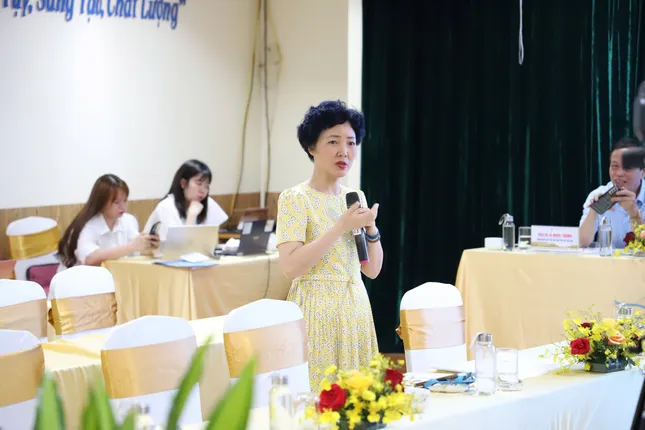 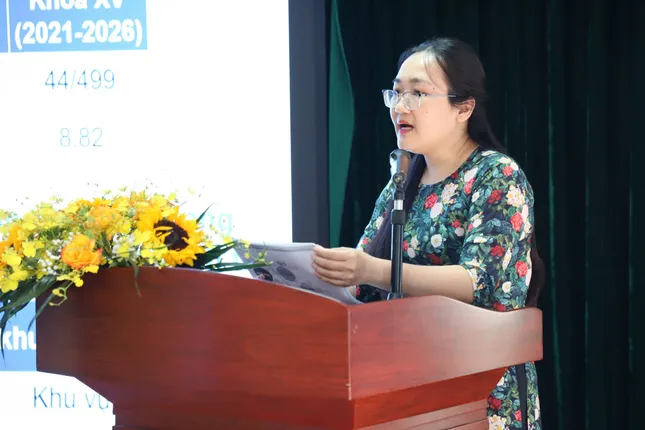 |
Experts and scientists discussed at the national scientific conference "Ensuring the voice and participation of ethnic minority and mountainous women in socio-economic development activities in the current context", held recently. |
Encouraging economic groups and organizations led by women
Meanwhile, the research team of Dr. Phung Thi Thuy Trang, MSc. Phung Thi Minh Trang, and MSc. Vu Quang Hung suggested a group of measures to increase the real economic participation of ethnic minority women.
The study cited a number of new models such as ethnic minority women, religious women's association members preserving the beauty of traditional costumes during the industrialization and modernization period, green houses..., in which the model of self-managed women's groups for economic development in Son La stands out.
The research team pointed out that the model of ethnic minority women in Son La has organized self-governing groups, supporting each other to develop clean agricultural production, building supply chains for local products such as tea, fruits, and safe vegetables. This model has contributed to increasing the average income of ethnic minority women.
 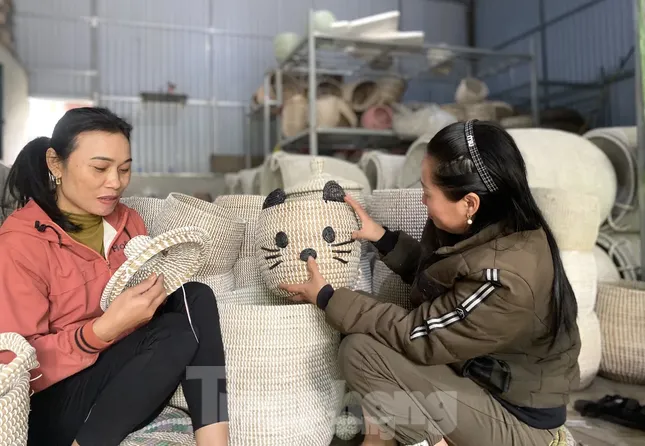 |
| The women's handicraft cooperative is providing vocational training and creating jobs to help hundreds of disadvantaged people stabilize their lives and escape poverty. Illustration photo: Ngoc Tu. |
According to data from the research team, in Cao Bang, the average poverty rate among ethnic minorities decreases by over 5% per year. The poverty rate among ethnic minorities decreases from 21.34% in 2021 to 10.9% by the end of 2024. The poverty reduction rate among ethnic minorities in Lao Cai in the period of 2021 - 2025 exceeds the plan assigned by the Central Government. The average poverty rate among ethnic minorities in the period decreases by 6.63% per year, exceeding the plan assigned by the Central Government by 0.63%.
In the coming time, the research team believes that it is necessary to continue to build and replicate economic models led by ethnic minority women. Encourage and support the formation of cooperatives and production and business groups led by ethnic minority women in areas with regional advantages such as organic agriculture, community tourism, brocade weaving, agricultural processing, etc.
In particular, it is necessary to create favorable conditions for ethnic minority women to access preferential capital and financial services. The Social Policy Bank and local credit institutions need to design preferential loan products specifically for ethnic minority women, with simple and flexible procedures and suitable to local culture and circumstances.
Typically, some localities in Dak Lak and Gia Lai have effectively implemented preferential loan policies for ethnic minority women to develop household and community economies. This model is completely feasible to replicate.
In addition, building a network of ethnic minority women can help them share experiences, support each other and increase their voice in policy decisions.
Source: https://tienphong.vn/nhan-rong-mo-hinh-kinh-te-sang-tao-cua-phu-nu-dan-toc-thieu-so-post1750915.tpo












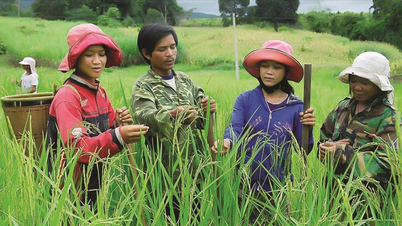



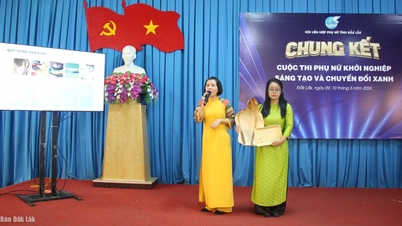

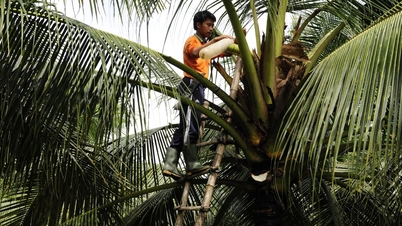



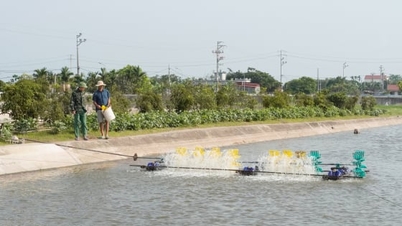



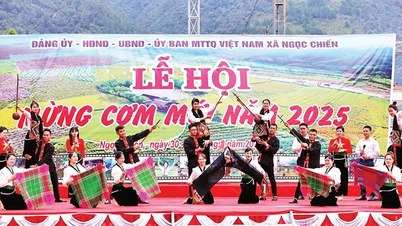
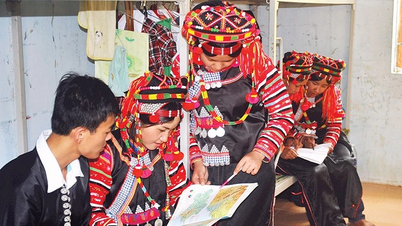




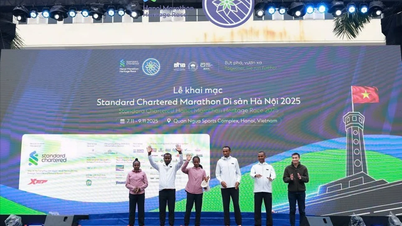








![[Video] Hue Monuments reopen to welcome visitors](https://vphoto.vietnam.vn/thumb/402x226/vietnam/resource/IMAGE/2025/11/05/1762301089171_dung01-05-43-09still013-jpg.webp)





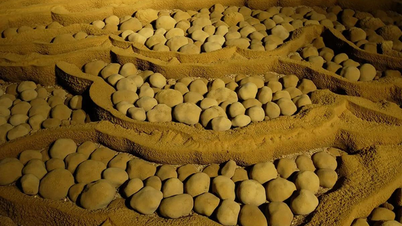









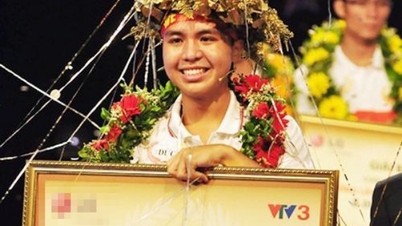


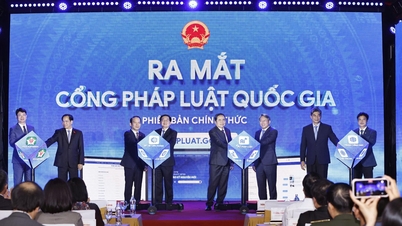











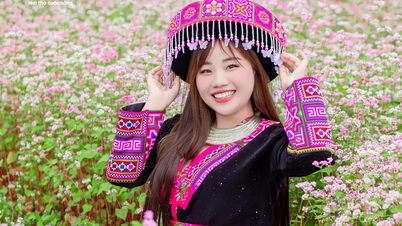
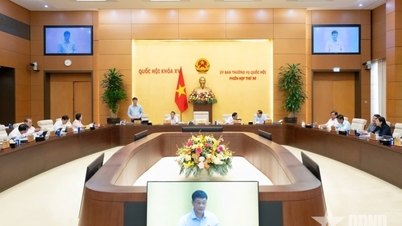







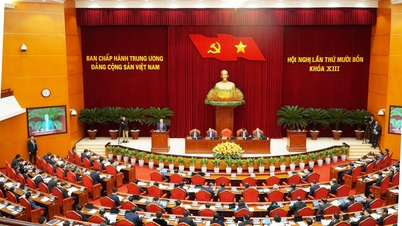



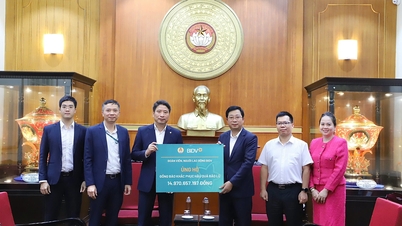
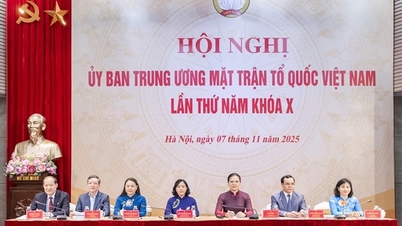


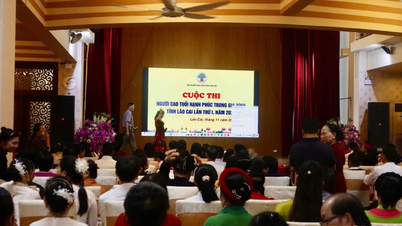




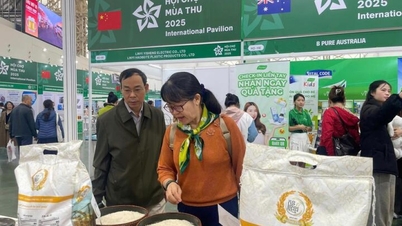














Comment (0)